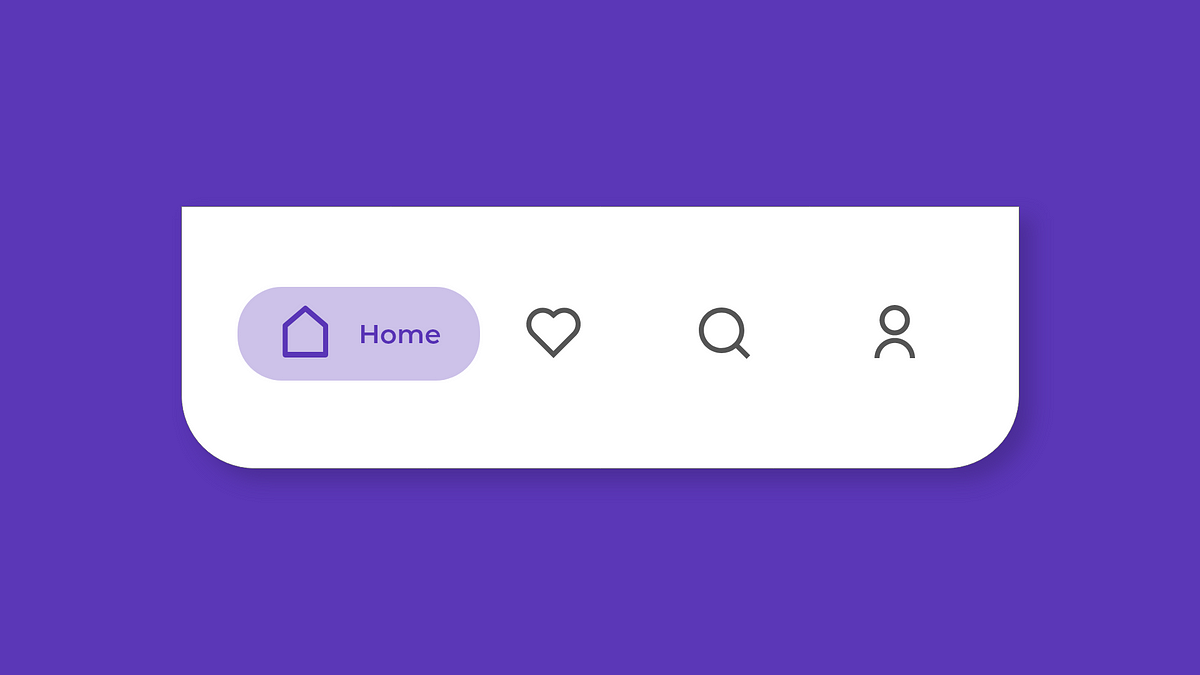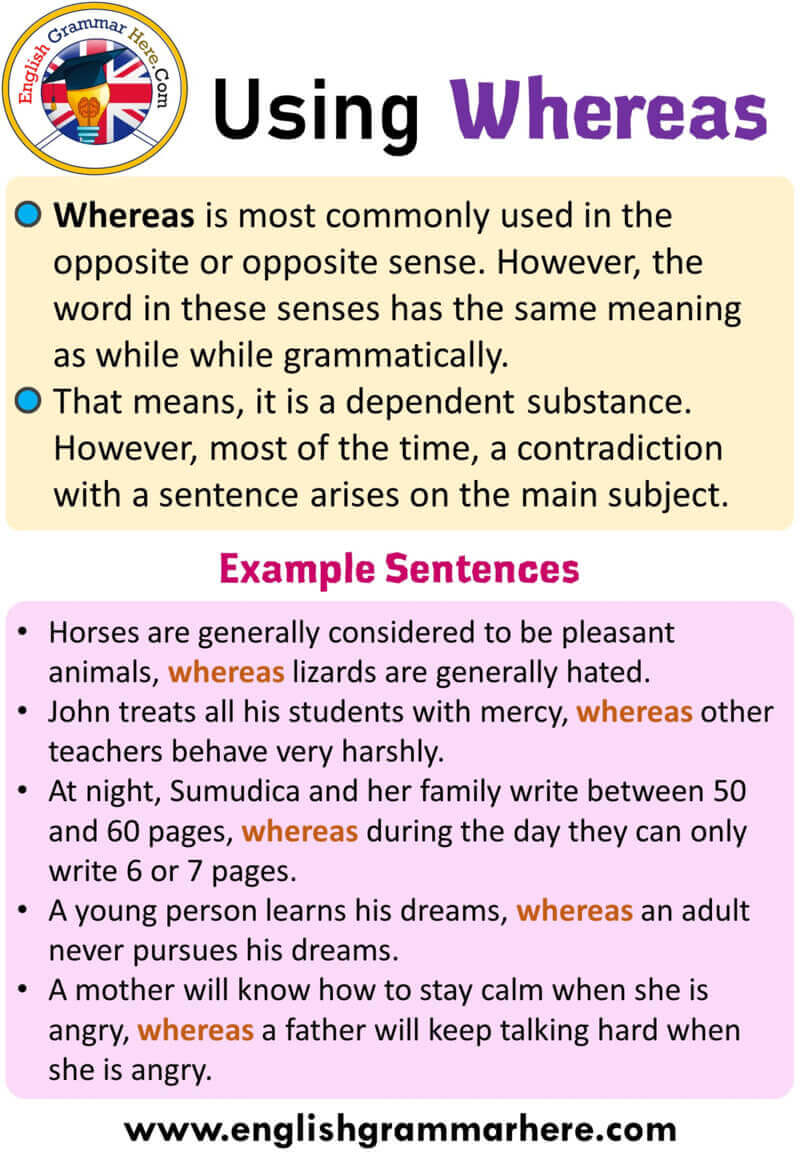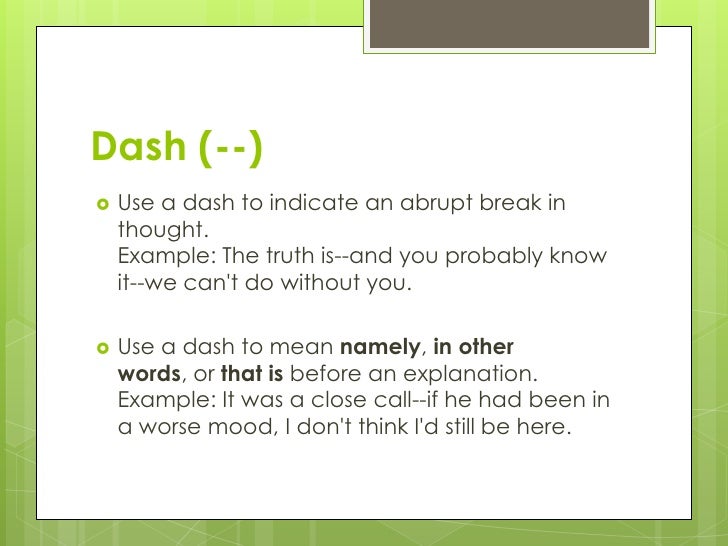Fragments supply a strong mechanism for creating re-usable modules of consumer interface structure and software behavior, which, as soon as created, will be embedded in activities. A fragment consists of a consumer interface structure file and a class. Fragments can be utilized in an recreation both by including the fragment to the activity's structure file, or by writing code to administer the fragments at runtime.
Fragments added to an endeavor in code could be eliminated and changed dynamically at runtime. All communication between fragments ought to be carried out by way of the endeavor inside which the fragments are embedded. However, as with View components, Fragments could be programmatically added to or faraway from a containing View within the Activity with no being outlined within the Activity's layout. To programmatically add or get rid of a Fragment, you'll want the FragmentManager and FragmentTransaction instances.
Simply acknowledged and per the Android documentation, a FragmentManager manages the fragments in an Activity. Obtain the FragmentManager by calling getFragmentManager in an Activity. A assortment of Fragment modifications made to an Activity which are to be accomplished on the identical time are created inside a transaction.
Transactions for Fragment variations to an Activity are established and dedicated (or undone/rolledback) by approach of the FragmentTransaction instance. Get or "start" the FragmentTransaction direct from the FragmentManager occasion by calling beginTransaction. The methodology commit is used to asynchronously invoke the Fragment variations on the Activity. Each MenuProvider then promises a consistent, optionally Lifecycle-aware, and modular approach to manage menu merchandise choice for the menu gadgets created by that provider.
Replace usages of this process with a number of calls to removeMenuProvider in your Activity's onCreate method, every time it's important to take away the person MenuProvider. If a MenuProvider was added with Lifecycle-awareness, this removing will occur automatically. The ease of including a fraction to an exercise by way of the activity's XML format file comes on the price of the exercise not with the ability to take away the fragment at runtime. In order to realize full dynamic manipulate of fragments throughout runtime, these events should be added by way of code.
This has the improvement that the fragments could be added, eliminated and even made to exchange each different dynamically whereas the appliance is running. In the pastime or fragment, we have to deal with when the button is clicked and when a file has been chosen by user. We must add setOnClickListner inside which a brand new ACTION_GET_CONTENT Intent is created.
Then name startActivityForResult with the Intent because the primary parameter and a request code because the second paramter. The request code must be distinct to differentiate it from different endeavor results. In order to get the outcome after consumer choosing file, we have to manage it by overriding onActivityResult. When the consumer clicks on the button two issues are happening.
First, we look at various to see if FRAGMENT_2 already exists and if it doesn't, we create a brand new occasion of it so that they can load it into the activity. Second, we take the textual content that we entered within the EditText and cross it to the second fragment . Since we aren't passing great quantities of knowledge we will use the setArguments() technique or the arguments property. If we had great quantities of knowledge to cross to our fragments we must have used a ViewModel. TL;DR You can use a goal fragment to cross statistics between fragments within the identical method you'd use startActivityForResult() and onActivityResult().
You simply must concentrate on how add and substitute transactions have an effect on the fragment lifecycles, and the way to deal with the end in every case. The MenuProvider interface makes use of a single onCreateMenu process for managing equally the creation and preparation of menu items. In theonCreateView()method the fragment creates its consumer interface. Here you possibly can inflate a format by way of theinflate()method name of theInflatorobject exceeded as a parameter to this method. Use registerForActivityResult passing in a RequestMultiplePermissions object for the ActivityResultContract and dealing with the end within the callback. This is the "top-level" fragment, displaying an inventory of things that the consumer can pick.
Upon choosing an item, it takes care of displaying the info to the consumer as acceptable primarily based on the present UI layout. Displays an inventory of things which might be managed by an adapter the same as ListActivity. It supplies a number of techniques for managing an inventory view, comparable to the onListItemClick() callback to manage click on events. The fragment makes use of a helper perform to point out particulars of a specific item.
You may evaluation the FragmentTransaction to take a better examine what modifications could very well be made at run-time because of the manager. In Android, a fraction is a portion of the consumer interface that may be used once more and again. Fragment manages its personal format and has its personal life cycle. Since fragment is a small portion of the larger consumer interface, it could possibly solely be initialized inside an pastime or yet another fragment. So if we want to monitor any kind of resources, resembling a string, or a picture contained within the fragment, we might want to declare them within the pastime after which cross it to the fragment.
So on this article, we'll present you ways one can move facts from an Activity to the Fragment. Use registerForActivityResult passing in a StartIntentSenderForResult object for the ActivityResultContract. Use registerForActivityResult passing in a StartActivityForResult object for the ActivityResultContract. This system might begin an exercise permitting the consumer to select which permissions to grant and which to reject. Hence, you need to be well prepared that your exercise might be paused and resumed. Further, granting some permissions might require a restart of you application.
In such a case, the system will recreate the exercise stack earlier than delivering the end result to onRequestPermissionsResult. Replace usages of this methodology with a number of calls to addMenuProvider in your Activity's onCreate method, transferring any preparation of menu gadgets to onPrepareMenu. Note that this may be referred to as when the fragment's exercise continues to be within the methodology of being created. As such, you can't depend on issues just like the activity's content material view hierarchy being initialized at this point.
Open Fragment From Activity Kotlin If you wish to do work as soon as the pastime itself is created, add a androidx.lifecycle.LifecycleObserver on the activity's Lifecycle, getting rid of it when it receives the CREATED callback. Use registerForActivityResult with the suitable ActivityResultContract and dealing with the end within the callback. The fragment lifecycle ensures that onCreateView() to construct the structure for the fragment. It builds the fragment with a textview -- text.setText(Shakespeare.DIALOGUE[getShownIndex()]) -- and attaches it to a scroller and returns the view which is drawn.
The app hold monitor of the present checked choice so when it resumes it -- say to come back once more in panorama it because the final place highlighted utilizing onSaveInstanceState() within the fragment lifecycle. The fragment saves its present dynamic state, so it will probably later be reconstructed in a brand new occasion of its course of is restarted. If a brand new occasion of the fragment later must be created, the info you place within the Bundle right here might be accessible within the Bundle given to onCreate, onCreateView, and onActivityCreated. In the code the brand new fragment restores the state in onActivityCreated().
The third step is to create the real fragment and inflate it's layout. A fragment is created by extending the androidx.fragment.app.Fragment class. It is inflated by overriding the onCreateView() and returning a view object inflated from a structure for the fragment. Call the add() approach to the fragment transaction instance, passing by as arguments the useful resource ID of the view that's to comprise the fragment and the fragment class instance. A fragment is a self-contained, modular part of an application's consumer interface and corresponding conduct that may be embedded inside an activity. Historically every display in an Android app was carried out as a separate Activity.
This creates a problem in passing information between screens since the Android Intent mechanism doesn't enable passing a reference sort (i.e. object) instantly between Activities. Instead the thing have to be serialized or a globally accessible reference made available. By making every display a separate Fragment, this facts passing headache is totally avoided. Fragments at all times exist inside the context of a given Activity and may at all times entry that Activity.
By storing the knowledge of curiosity inside the Activity, the Fragment for every display can basically entry the thing reference due to the Activity. Use one activity, which shows two fragments for tablets and on handset devices. In this case change at runtime the fragments displayed by the exercise every time necessary. In this state of affairs you sometimes outline cases of the FrameLayout class as placeholder in your format and add the fragments at runtime to them. In portrait mode the appliance will substitute the prevailing titles fragment with the small print fragment if the consumer faucets on one in every of several names within the listing view .
We will get again to debate how that is completed within the code in a moment. Essentially there are two hobbies and two completely different fragments used to implement this when the code runs in portrait mode; these hobbies are FragmentLayout and DetailsActivity. The second approach is by including the fragment dynamically in Java making use of the FragmentManager. The FragmentManager class and the FragmentTransaction class can help you add, dispose of and exchange fragments within the format of your recreation at runtime.
OnCreateView() — The system referred to as when it's time for the fragment to attract its consumer interface for the primary time. To draw a UI on your fragment, you will need to return a View element from this system that's the basis of your fragment's layout. You can return null if the fragment doesn't grant a UI. To the unfamiliar, the Navigation Component is simply not a different UI class that you simply place rather than a format on your activity/fragment.
Think of it like a map, the place in preference to continents, you've got your fragments, and you'll have instructions to get from continent to continent. It presents your fragments and the connections between them in a leading down manner. In this article, we'll go over the primary points of this element and find out how we will combine it into our applications. When you login first time employing a Social Login button, we gather your account public profile facts shared by Social Login provider, dependent in your privateness settings. We additionally get your e mail handle to immediately create an account for you in our website.
Once your account is created, you will probably be logged-in to this account. A bundle maps string keys to values and it really is used to cross info between activities, fragments and different software components. For functions of demonstrating the essential utilization of the navigation structure element I will probably be creating two elementary fragments to be proven on this app, Fragment1 and Fragment2. They will each include an easy TextView with the textual content "Fragment 1" and "Fragment 2" correspondingly. Fragment1 may additionally include a button which can be used later within the tutorial to navigate to Fragment2.
Make definite you run yarn to put in your react-native dependencies and run yarn native to start off out the metro bundler. Run your android app in Android Studio and it need to load the JavaScript code from the event server and display it in your React Native Fragment inside the Activity. The information for Integration with Existing Apps particulars easy methods to combine a full-screen React Native app into an present Android app as an Activity. To use React Native constituents inside Fragments in an present app requires some further setup.
The advantage of this is often that it permits for a local app to combine React Native parts alongside native fragments in an Activity. So create two fragments by desirable click on on on in your package deal folder and create courses and identify them as FirstFragment and SecondFragment and add the next code respectively. In this step we open MainActivity and add the code for provoke the Button's. After that we carry out setOnClickListener occasion on each Button's. On the press of First Button we exchange the First Fragment and on click on on on of Second Button we exchange the Second Fragment with the layout.
The savedInstanceState parameter is a Bundle that gives facts concerning the earlier occasion of the Fragment. The inflate() technique has three arguments first one is the useful resource format which we wish to inflate, second is the ViewGroup to be the dad or mum of the inflated layout. In Android, Fragment is an element of an endeavor which allow extra modular endeavor design.
It won't be incorrect if we are saying a fraction is a quite sub-activity. It represents a behaviour or a portion of consumer interface in an Activity. We can mix a number of Fragments in Single Activity to construct a multi panel UI and reuse a Fragment in a number of Activities. We at all times must embed Fragment in an pastime and the fragment lifecycle is instantly affected by the host activity's lifecycle.
In addition to that you simply could use the setRetainState technique name on the fragment. This retains the fragment cases between configuration changes. It solely works if the fragments will not be added to the backstack. The FragmentManager class lets you add, get rid of and exchange fragments within the structure of your activity. It can accessed in an recreation by way of the getFragmentManager() method.
Activity and fragment occasion have been created in addition to the view hierarchy of the activity. At this point, view could very effectively be accessed with thefindViewById()method. Sets the Transition which could very effectively be used to maneuver Views in to the scene when returning as a result of popping a again stack. The getting into Views could very effectively be people who are common Views or ViewGroups which have isTransitionGroup return true.
Typical Transitions will prolong android.transition.Visibility as exiting is ruled by altering visibility from VISIBLE to INVISIBLE. If transition is null, the views will stay unaffected. If nothing is set, the default will probably be to make use of the identical transition as getExitTransition. Sets the Transition that can be used to maneuver Views out of the scene when the fragment is removed, hidden, or indifferent when not popping the returned stack. The exiting Views will probably be people who are common Views or ViewGroups which have isTransitionGroup return true. This hook is named at any time when an merchandise in your alternatives menu is selected.
The default implementation purely returns false to have the traditional processing take place (calling the item's Runnable or sending a message to its Handler as appropriate). You can use this methodology for any gadgets for which you'd love to do processing with out these different facilities. Called when a fraction is being created as portion of a view structure inflation, normally from setting the content material view of an activity. This can be referred to as quickly after the fragment is created from a FragmentContainerView in a structure file. Note that is earlier than the fragment's onAttach has been called; all it is best to do right here is parse the attributes and save them away. Called when the view beforehand created by onCreateView has been indifferent from the fragment.


























































